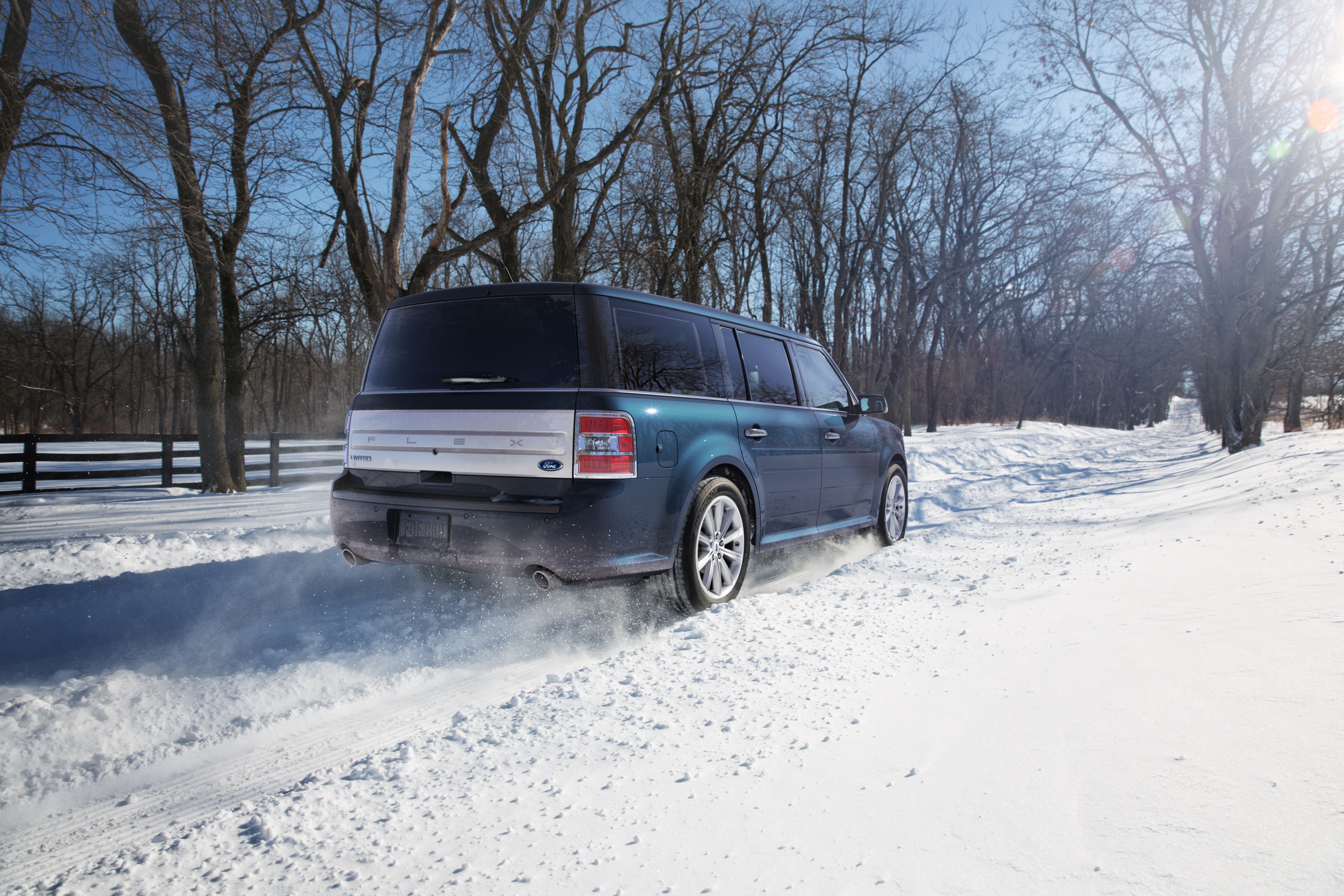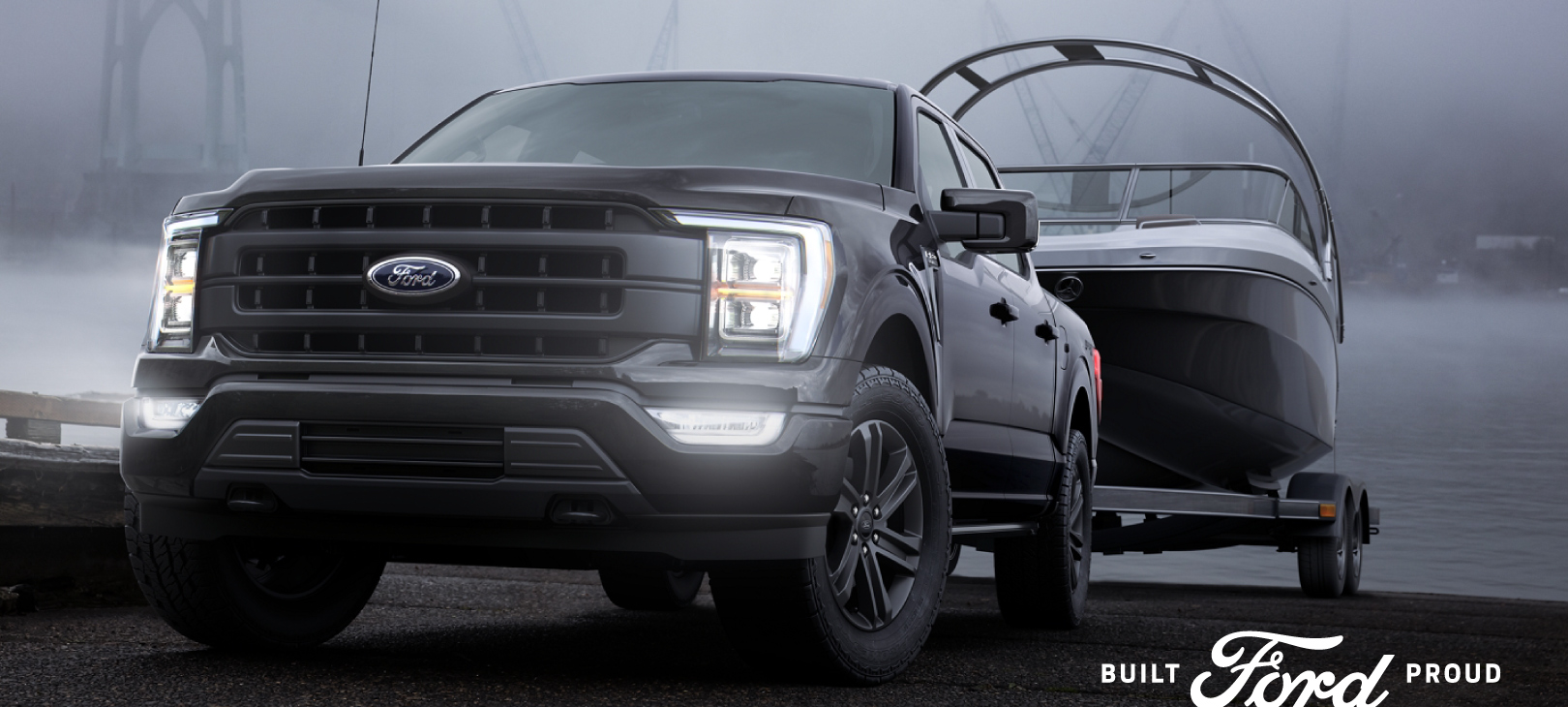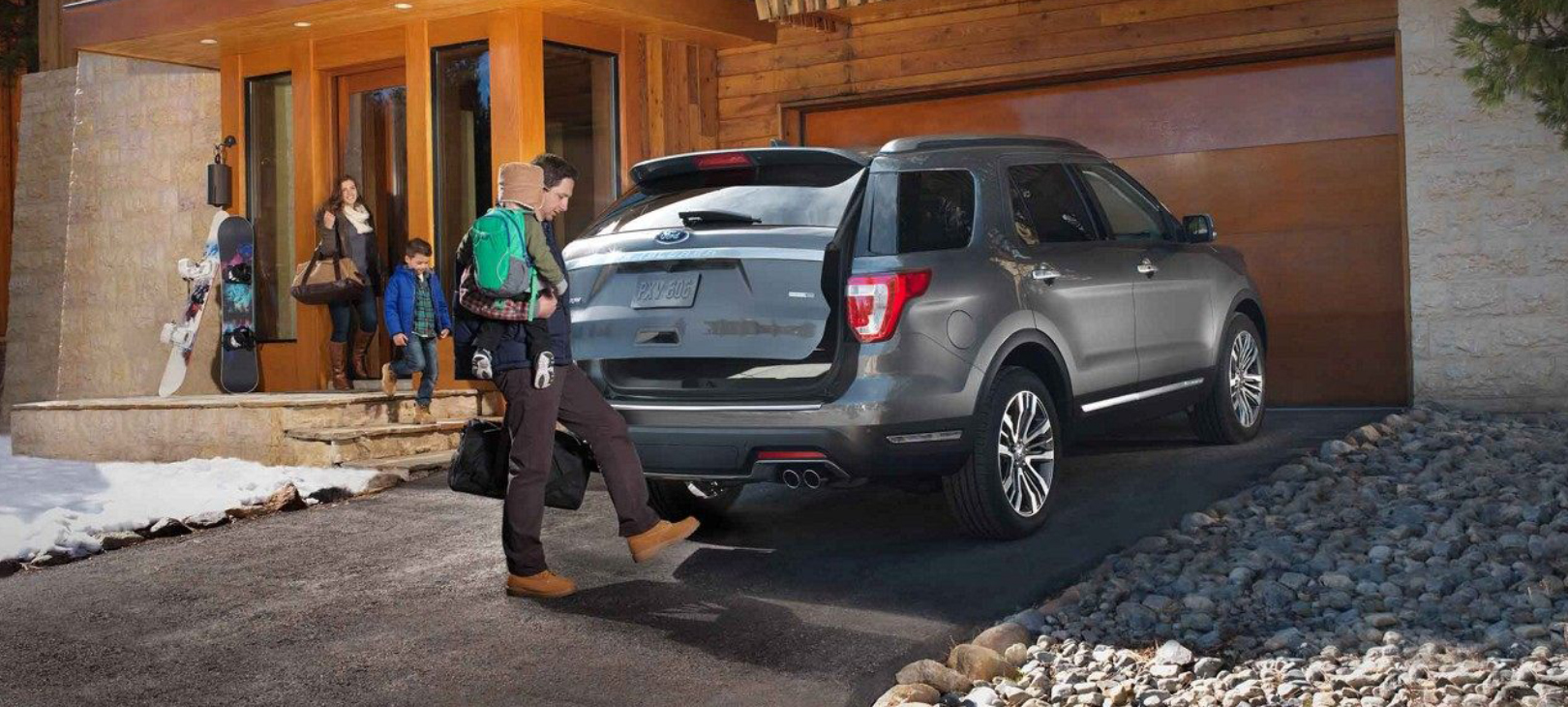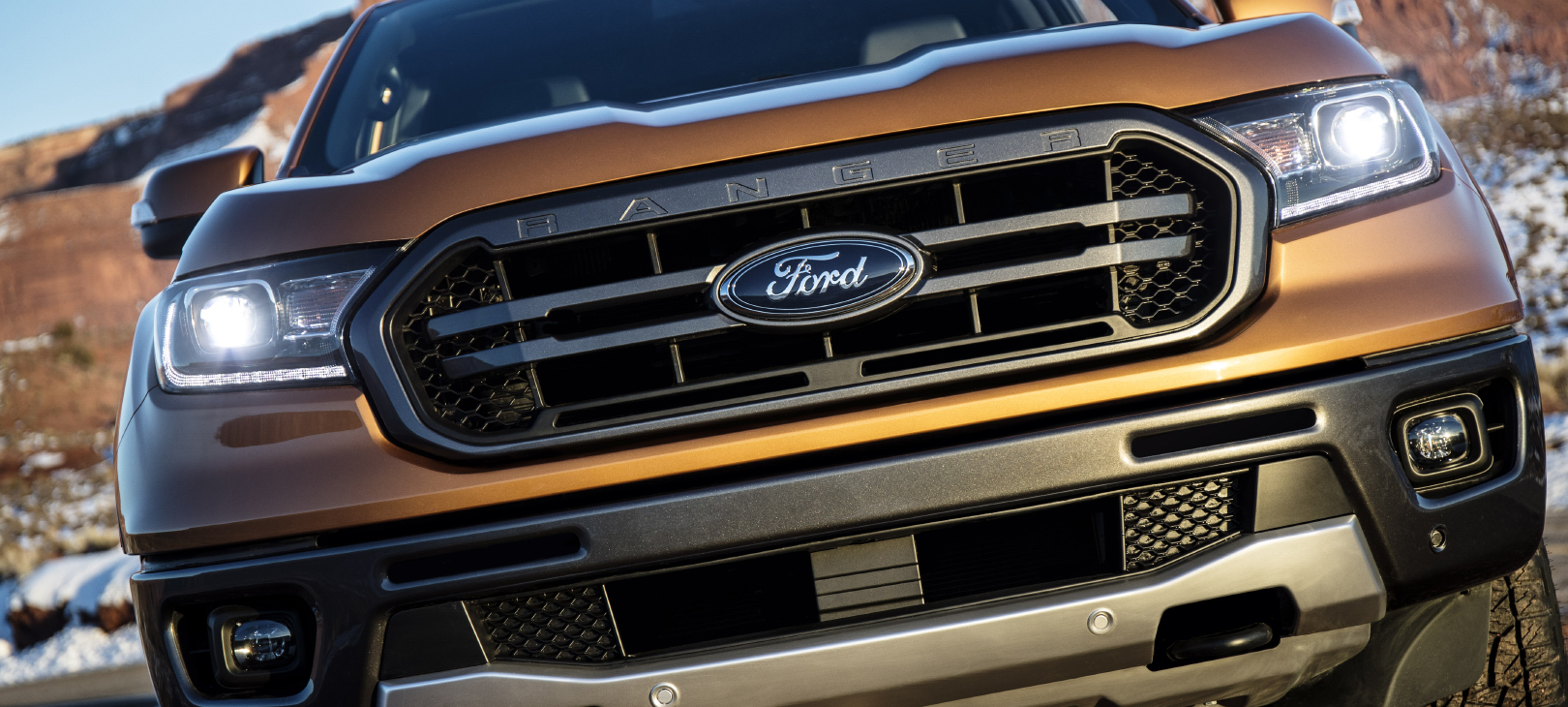It’s Almost Time! Here’s How to Winterize Your Ford Vehicle
The winter months are just around the corner and it’s important to make sure your vehicle is prepared for the cold temps, dirt and road-salt residue that can cause many problems.
Consumerreports.org just released a few easy mainteance tips, that you can use to help your vehicle stay in the best possible condition during this winter season.
Good Visibility is Vital
“If your wipers are leaving streaks of water on the windshield, or if the wiper-blade rubber shows any signs of cracking or stiffness, replace them with a new set. Use a brush and a scraper to remove ice and snow from the windshield rather than your wipers; a heavy load of snow (or ice sticking the blades to the glass) can overload the motor. If the vehicle is parked outside, lift the wipers off the glass before an overnight snow to keep them from freezing to the windshield.
Finally, check that all the vehicle’s lights are working properly and clear of snow and ice, so that you’ll have optimum visibility at night and other motorists will be able to see you.
Consider a Switch to Winter Tires
If you’ll be using winter tires, you might consider having them mounted on inexpensive steel wheels. This will make it easier to switch between the two sets of tires, plus it will save your more expensive alloy wheels from the damage inflicted by harsh winter conditions.
For extreme conditions, studded snow tires or even tire chains may be warranted. Because they can be tough on road surfaces, check if they’re legal in your area before making the investment. Some states require snow chains on certain roads.
Keep the Battery in Good Shape
Cold temperatures reduce your battery’s cranking power—in fact, at about zero degrees F, your battery only has about half the cranking power it has at 80 degrees. At the same time, the thickened oil in a cold engine makes it harder to turn over. Following are a few easy checks to make sure it’s in as good condition as possible.
Make Sure You Use the Right Engine Oil
Engine oil thickens when cold, making it harder for the engine to turn over. Modern cars use multi-weight oil that is suitable for a wide range of temperatures, but some manufacturers recommend specific grades of oil for specific temperature ranges. Check your owner’s manual and plan your oil changes so your engine has the right grade of oil for the right time of year.k.
Check Your Cooling System
Extreme cold can cause rubber parts to become brittle and fail. When the engine is cold, check the radiator and heater hoses for cracking, leaking, or contamination from oil or grease. The hoses should be firm yet pliable when you squeeze them. Replace them if they feel brittle or overly soft.
Prevent Freeze-ups
Water can get into door and trunk locks and then freeze, locking you out of the vehicle. To prevent this, lubricate the locks with a silicone spray or door-lock lubricant. If they’re already frozen, use a lock antifreeze product to thaw them.
Protection for Inside and Out
If you don’t already have floormats in your car, you should pick up a pair. Even inexpensive ones will protect your car’s carpet from the water and mud that tends to get tracked into the vehicle. For maximum protection, a set of rubber all-weather floor mats will keep salty snow from seeping through the carpet and into the car’s floorboards. If you do buy aftermarket floor mats, be sure they won’t interfere with operation of the pedals.
Let the Engine Warm Up
In years past, cars would cough, stumble, and stall if not given sufficient time to warm up. Modern cars can be put in gear and driven away as soon as they are started, but that doesn’t mean you should skip the warm-up entirely. A brief bit of idling time before you drive gives the oil a chance to heat up, thin out and flow more smoothly, and you’ll want that to happen before you ask your engine to do any serious work. Letting your car idle while you brush the snow off of it should be sufficient. (By the way, there’s no need to rev the engine; it’ll warm up just fine at idle.) If your car idles higher than normal when first started, waiting until the idle speed drops before putting the car in gear will save wear and tear on your automatic transmission.
Drive gently until the temperature gauge starts to move off the bottom peg or until the cold engine light (usually blue) goes out. Remember, cars can still overheat in winter, especially if the radiator grille is clogged with snow.”
Information provided from Consumer Reports Online. Read the full report here.




